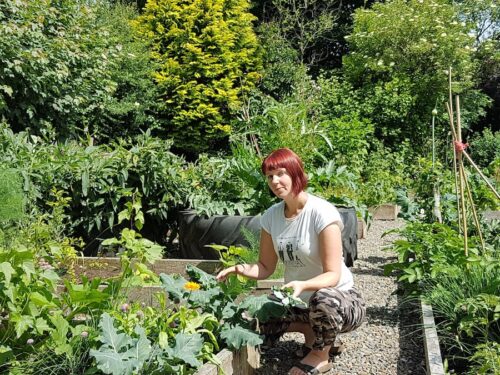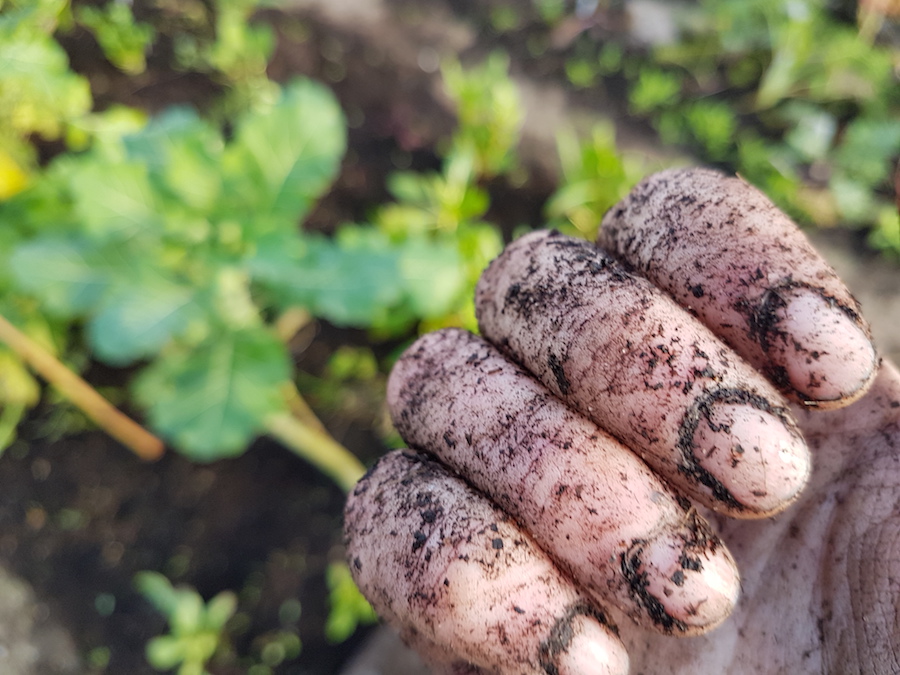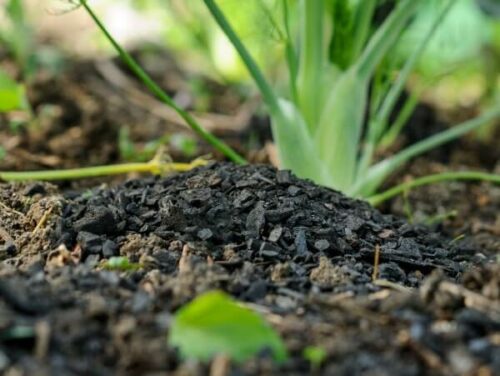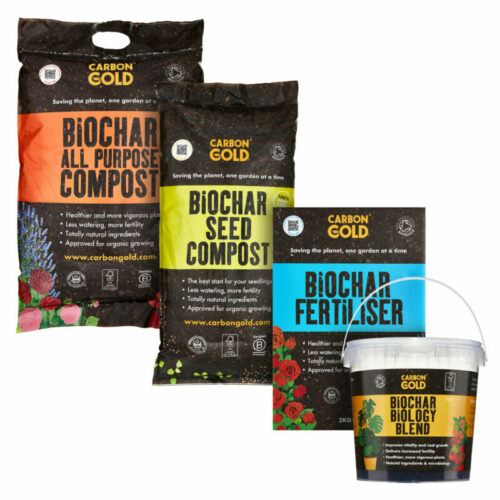Climate change savvy gardening from the ground up

Kim Stoddart, The Organic Way magazine editor and co-author of The Climate Change Garden Book explains how to build resilience naturally…
With the greater extremes of weather we’ve been experiencing, increasingly, it’s definitely no longer gardening as usual.
The good news however is that the natural world holds so many of the answers for the future.
An organic garden that is filled with wildlife and biodiversity above (and below) ground, with an emphasis on making the soil the best it can be, is truly alive. It is better able to deal with erratic weather, pests and disease and offers more robust growing solutions for person, plate and planet. We have a multitude of products in our range that can help!
I’ve been writing about climate change gardening in the press for a number of years starting with my blog for the Guardian back in 2013 where I began experimenting with ideas and techniques to build resilience.
An excitable conversation with my co-author, Sally Morgan, about the pressing need for a definite ‘how to’ guide to help gardeners prepare for the changes that are coming, germinated and grew with gusto into The Climate Change Garden book.
Here are my ten top tips on how to easily start planet proofing your outside space:
- Grow a little wild
By mowing the lawn less, even in corners, you will provide greater protection for your grass, as well as helping to create an attractive habitat for insects and wildlife to the benefit of biodiversity.
- Even better -allow some weeds and wildflowers to prosper
These plucky plants provide food and shelter for a wild array of nature’s little helpers which can assist in the battle against increasing numbers of pests through climate change. Stinging nettles for example help encourage veg patch heroes such as ladybirds and lacewings which can hoover up hundreds of blackfly and aphid diligently on your behalf.
- Avoid bare batches of soil where possible
A bare patch of soil leaves the ground more vulnerable. It will dry out more quickly in a heatwave and, without any plants binding it together, such exposed loam is more likely to lose nutrients during a winter drenching and be susceptible to damage from wind and frost alike. It’s therefore important to keep ground covered as much as you can, so it can stand firm whatever the weather.
- Use ground cover
Planting in-between and around other produce also helps ensure you make the best use of space. On the veg patch, the likes of salad leaves, oca, calendula, nasturtium and camomile are light-on-the-soil and work well. They will help provide altogether natural protection which will reduce your watering workload during summer rather substantially.
- Make your soil the best it can be
Healthy soil is at the heart of organic growing and greatly boosts resilience against climate change. A well-composted loam will help boost the health and vitality of the plants growing therein, making them better able to deal with the extremities. Also, an improved, natural soil structure will enable the ground to absorb and hang onto moisture better than it would be able to otherwise.

- Encourage microbial activity below ground
There are many ways to go about this. We are just at the tip of the iceberg in terms of our understanding of soil but not digging your loam is absolutely key to natural resilience and carbon reduction overall. I also now cut plants off at the stem, leaving their roots intact to avoid disturbing below ground and any Mycorrhizal fungi etc therein. I want to keep it working to the benefit of my plants helping them to seek out and find food and water, which is what happens.
Biochar is an important ally in the climate change garden. It has long been made in the Amazon by indigenous tribes and used to improve the productivity of their soil, and enables soil microbes to shelter in the particles.
- Reuse, recycle, repair
It’s as important to build resilience in the gardener as it is in the garden itself. Learning to make something useful out of waste materials is incredibly empowering, as well as being good for the planet and compost making has to come out top of the pile. Reducing single-use plastics, repairing and servicing old tools and making use of local resources such as stone or branches all help build confidence and reduce our impact on the planet overall.
- Other ways to encourage wildlife
Building a small pond, even a sunken washbasin will draw frogs, toads and newts in and be used by everyone from birds to butterflies for a source of water. Also allowing leaf litter, deadwood to remain on trees and not meticulously keeping everything spick and span, creates more naturalistic habitats for creatures you really do want around. Not using pesticides – ever.
- Planting for protection
The way that you organise your veg patch is also important. Taller produce such as Jerusalem artichoke, sunflowers, cardoon and runner beans can be used to afford a modicum of shade and also to form a barrier against gales for more heat or wind sensitive planting nearby.
Soft fruit bushes and fruit trees can be grown/ used to help soak up an excess of water during the winter months if your garden is liable to minor flooding (as mine used to be).
- Save your own seed
Last but by no means least, this is one of the most important things you can do, as home saved seed becomes more perfectly adapted to your own individual growing environment, especially over time the more and more you save. You can also choose the best traits from the best plants for super resilient produce growing tailored to you and yours. The easiest produce to save form for starters includes peas, french beans, tomato, chilli, lettuce, rocket, calendula, nasturtium and coriander.
Stay in the know
Subscribe to the mailing list to keep up with new products & industry developments. Don't worry... we don't like spam either.
Author
Carbon Gold
Biochar








